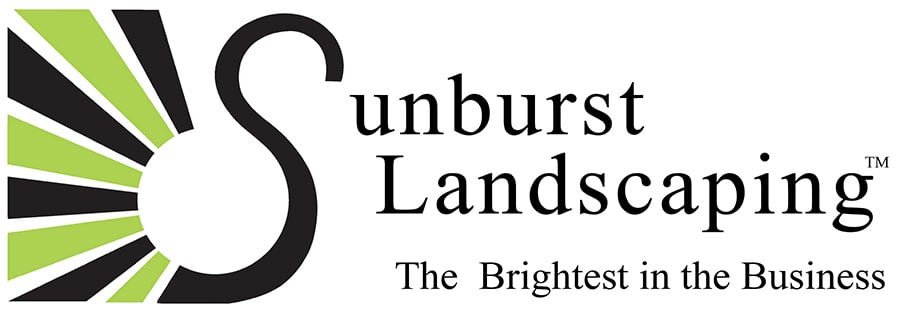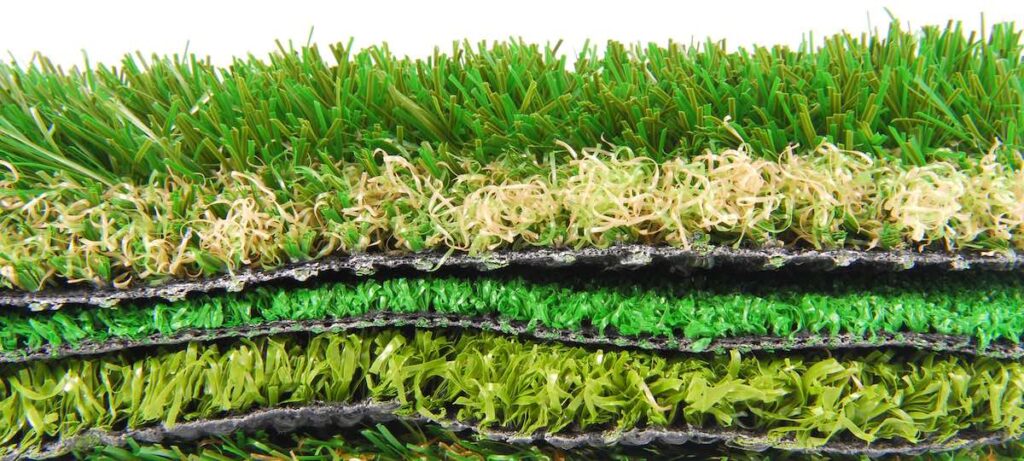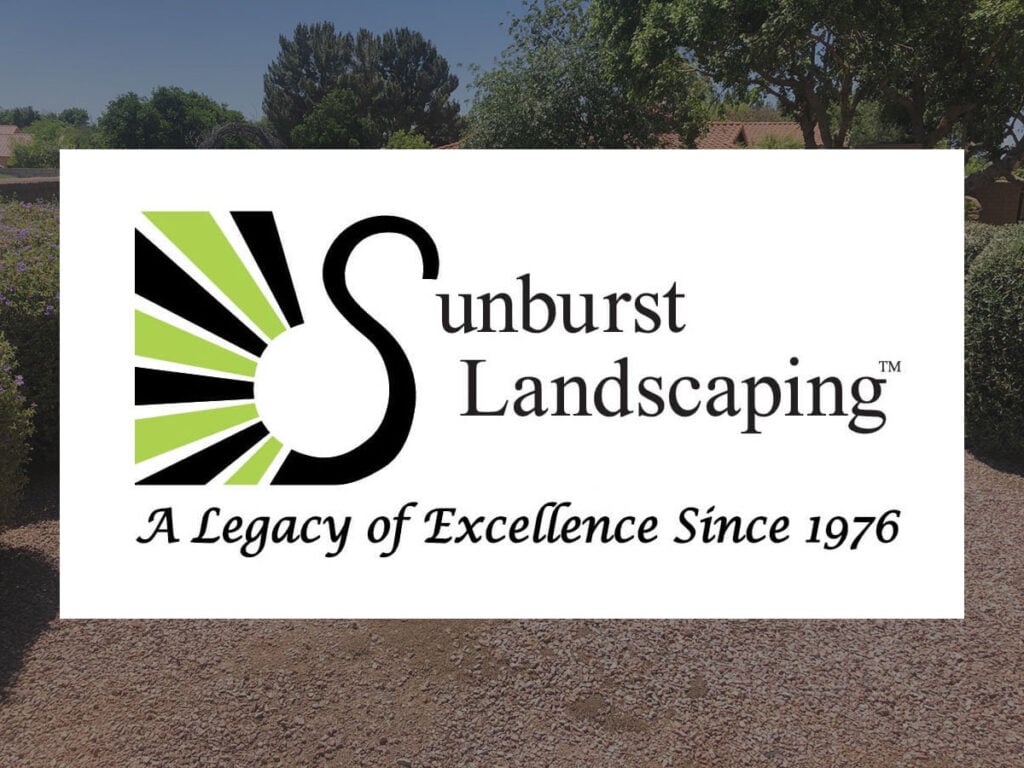Let’s face it: Real grass stinks. It’s itchy, dirty, filled with bugs and requires a ton of maintenance. Thankfully, we were provided an alternative when Robert Wright (no relation to the flying brothers!) invented artificial grass, or turf, in 1965. We’ve had a love affair with the stuff ever since. Since then, so many different types of turf have been invented. We’ll run you through a few and how to use them right here.

Nylon
Turf made from nylon is the most durable option on the market. Thanks to nylon’s sturdiness, nylon turf never loses its shape, gets matted down, or melted by the sun.
Unfortunately, this also means that nylon turf doesn’t look particularly real and isn’t particularly soft, so it’s not typically used for home landscaping or backyards. However, it is a great option for more practical applications. It’s great if you’re looking to create an artificial putting green, children’s playgrounds, or any other place where imitating actual grass is less important.
Nylon is also used in conjunction with some of the other turf types we’ll be discussing to provide some durability and structure.
Polyethylene
Contrary to nylon, polyethylene turf is softer and looks more authentic, making it great for use in landscaping and backyards at home. Because it also mimics the behavior of real grass, polyethylene is also used on soccer, football, and other athletic fields.
On top of that, polyethylene is also a non-porous material, so it doesn’t retain any odors like nylon does. This makes it perfect for families with pets, as a good hose-down will keep your turf looking great even after the worst…accidents.
The only downside to this type of grass is that it does require some maintenance. Unlike nylon, this turf will get matted with use, so every now and then you’ll have to rake your turf to make the blades stand up straight again.
Polypropylene
Last, and definitely the least, is polypropylene turf. This type of the turf is the cheapest option on the market, but it is also the least durable and the least authentic-looking.
If you’re a homeowner looking for a bargain, then polypropylene is fine as long as you don’t have high expectations for it. This type of turf will not stand up to hot outdoor temperatures very well and will often take on weird shapes or begin to discolor quickly.
However, if you’re looking to put cheap artificial turf indoors for, say, an indoor soccer arena or a putting practice area, this turf will do just fine.
Looking to Buy One of These Types of Turf?
Hopefully, this article has given you the information you need to make a smart purchase when it comes to turf. If you’re looking to buy one of these types of turf consider giving us a call.
We’ve got qualified professionals that’ll help you make the right decision for your project.




